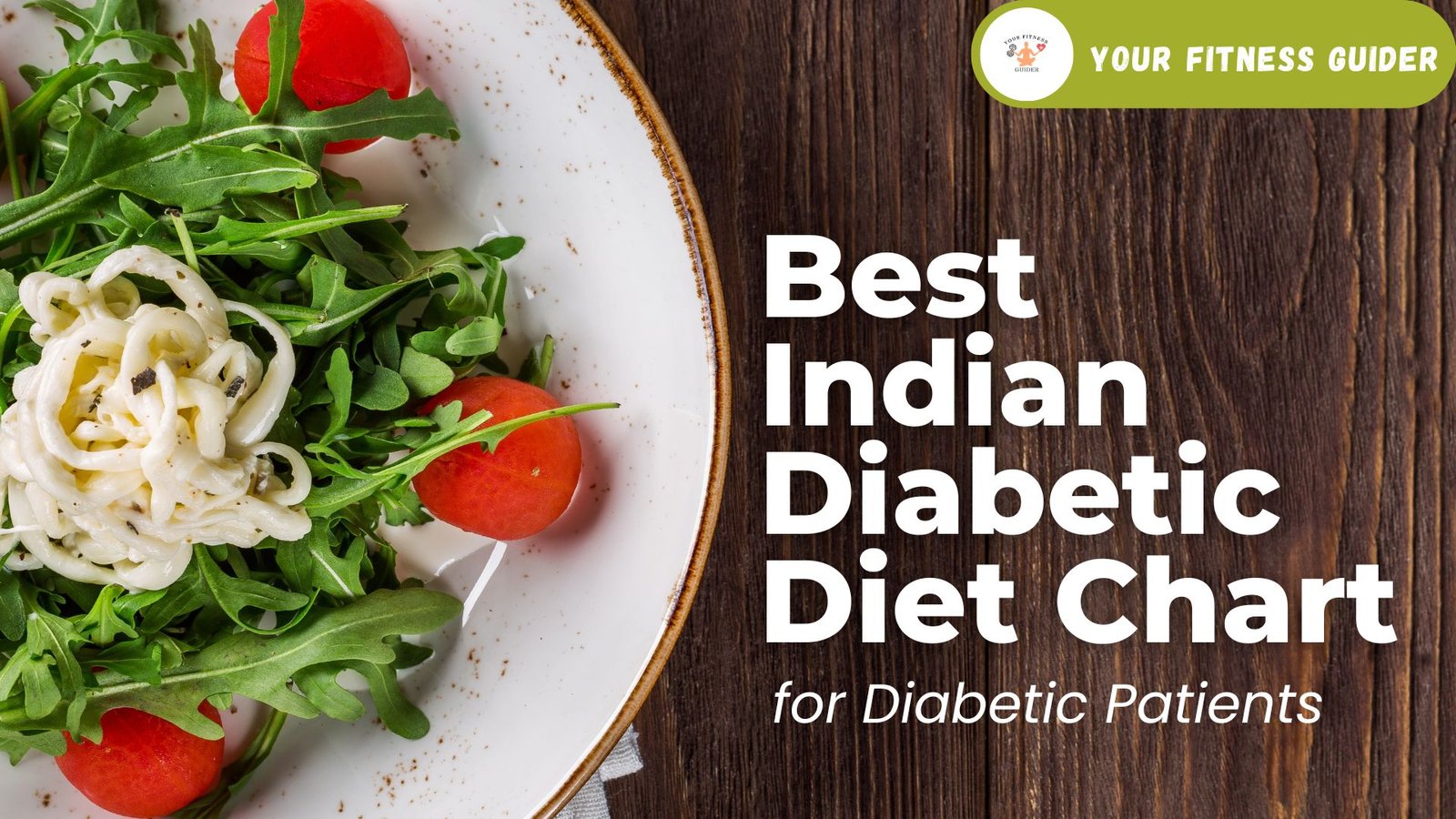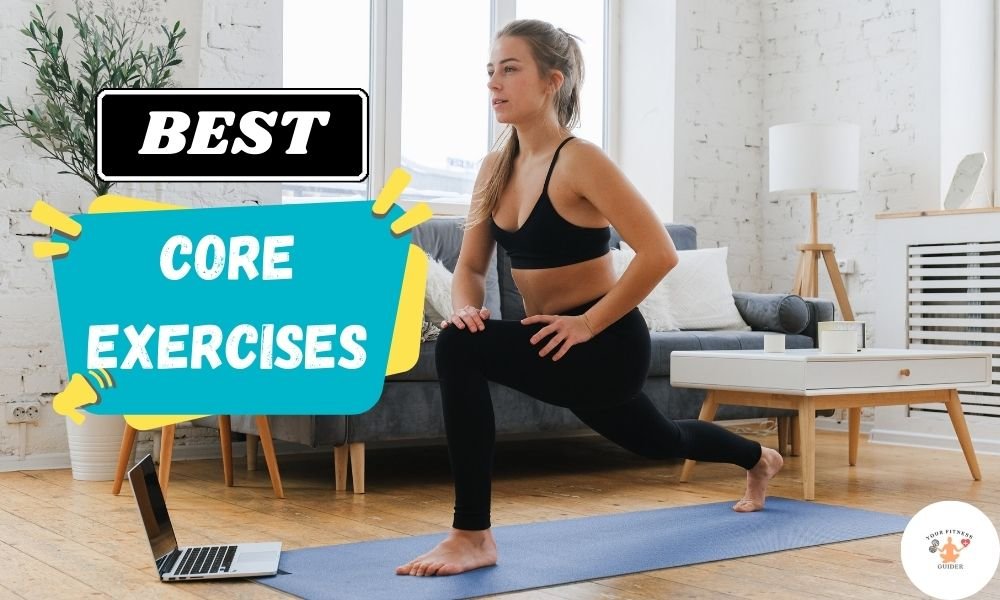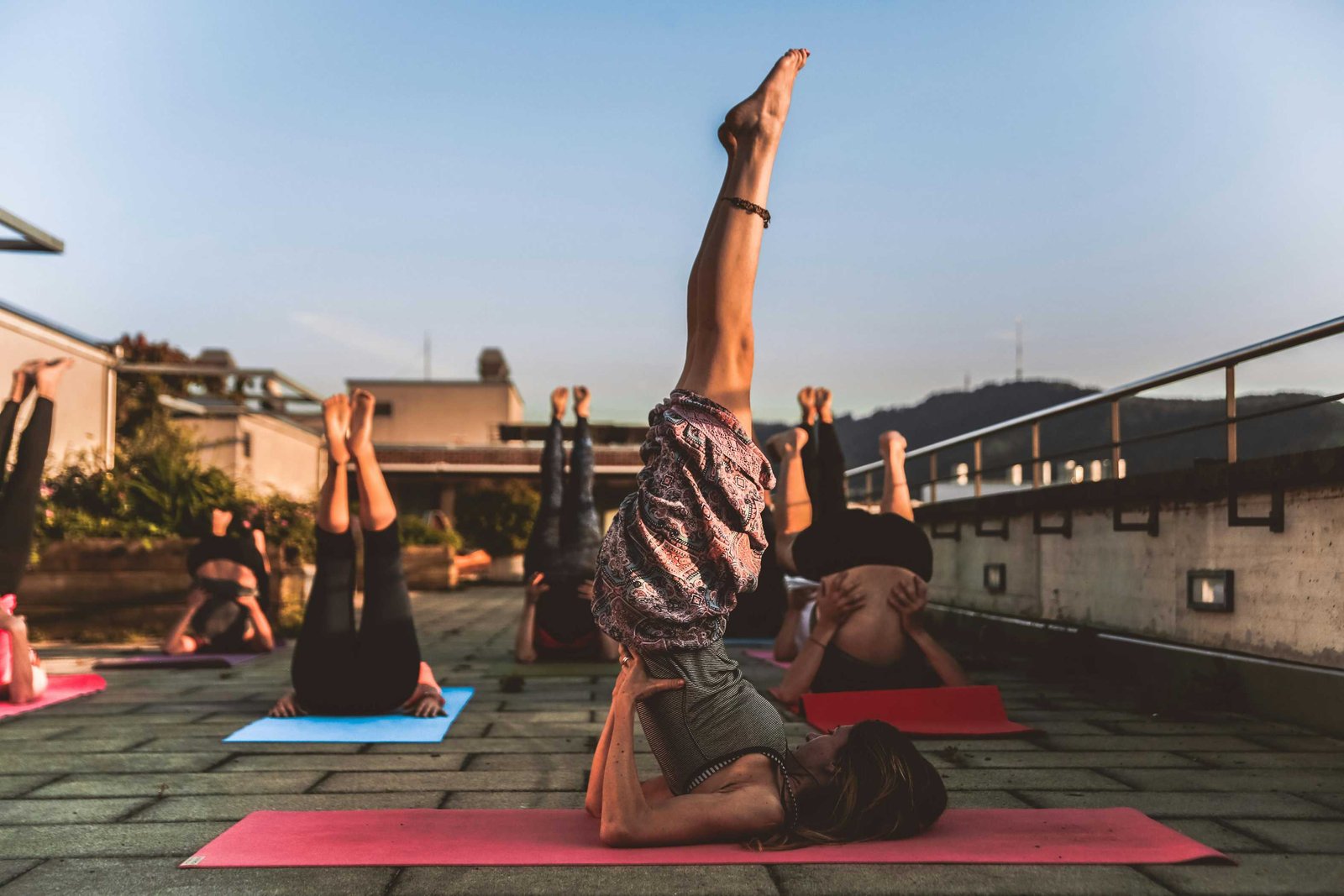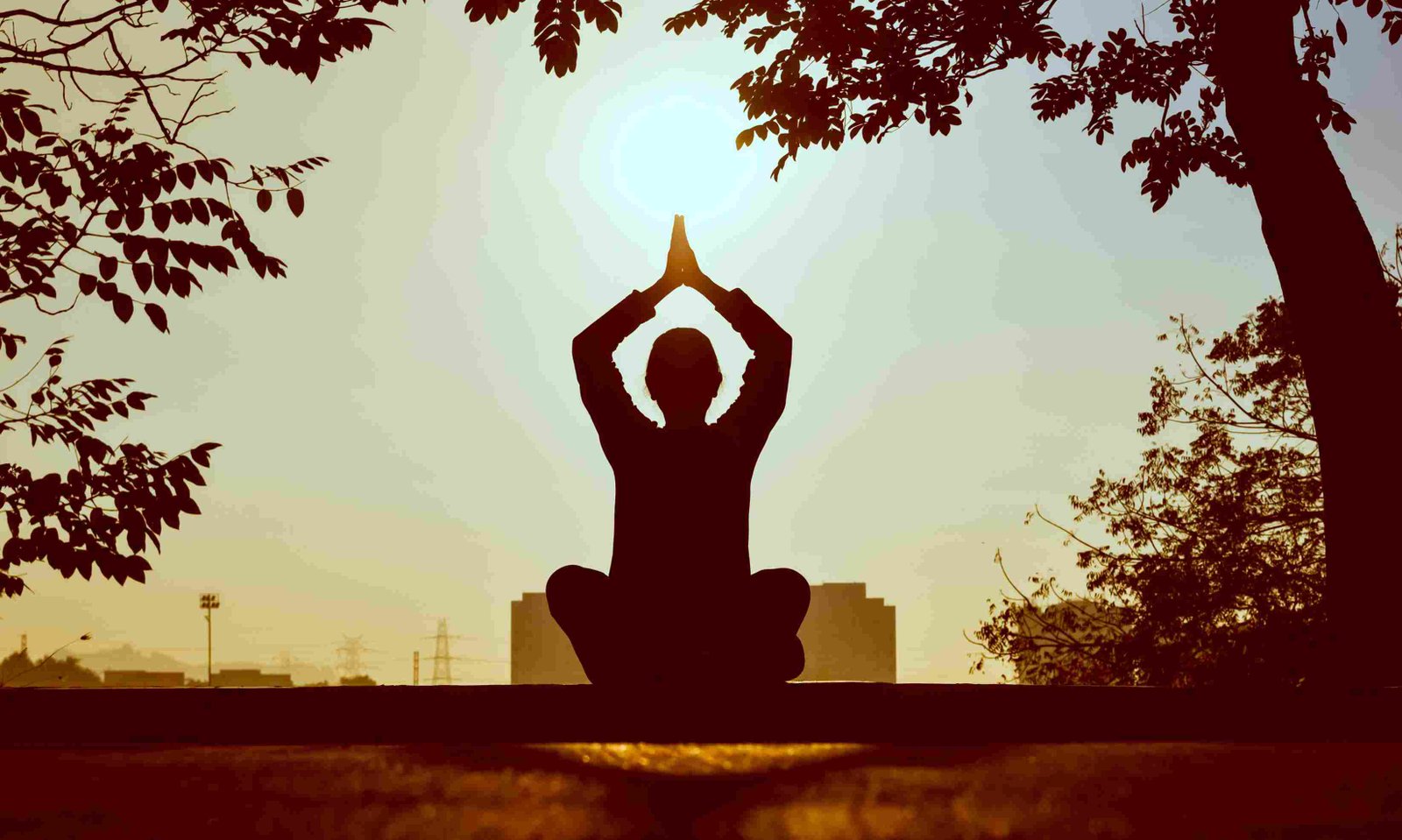
Embarking on the journey of yoga is like opening a door to a world of physical and mental well-being. Among the various yoga styles, Hatha Yoga stands out as an ideal starting point for beginners. In this comprehensive guide, we’ll explore the essence of Hatha Yoga, its benefits, and practical tips for beginners to enhance their well-being.
What is Hatha Yoga?
Hatha yoga is a traditional yoga practice that emphasizes physical postures (asanas), breath control (pranayama), and meditation. The word “hatha” is a compound of two Sanskrit terms: “ha,” which means sun, and “tha,” which means moon. This reflects the idea of balancing opposing forces, such as strength and flexibility, or hot and cold, within the body.
Hatha yoga is often considered a foundational and gentle style of yoga, making it suitable for beginners. It emphasizes the practice of asanas to align and calm the body, pranayama to regulate the breath and enhance energy flow, and meditation to promote mental clarity and relaxation.
While some modern yoga styles have evolved to include dynamic and flowing sequences, Hatha yoga typically involves holding poses for a longer duration, allowing practitioners to explore the postures in more detail and develop strength, flexibility, and balance.
Benefits of Hatha Yoga for Beginners

- Physical Health: Hatha Yoga includes a variety of asanas (postures) that target different muscle groups, promoting overall physical well-being. Regular practice can improve flexibility, enhance joint mobility, and strengthen muscles, contributing to better overall fitness.
- Stress Reduction: The combination of controlled breathing (pranayama) and mindful movement in Hatha Yoga can help reduce stress and promote relaxation. Learning to focus on the breath and be present at the moment can be especially beneficial for beginners dealing with everyday stressors.
- Improved Posture: Hatha Yoga emphasizes proper alignment in each pose. This focus on alignment helps beginners develop awareness of their body’s posture and alignment, leading to improved posture not only during yoga practice but also in daily activities.
- Enhanced Flexibility: Many beginners start yoga with limited flexibility. Hatha Yoga gently stretches and lengthens muscles, gradually increasing flexibility over time. This can be particularly helpful for individuals who spend long hours sitting or have tight muscles.
- Balanced Energy Flow: The practice of asanas and pranayama in Hatha Yoga aims to balance the flow of energy in the body. This is believed to harmonize the body and mind, promoting a sense of overall well-being.
- Mind-Body Connection: Hatha Yoga encourages a deep connection between the mind and body. Through mindful movement and breath awareness, beginners can develop a greater understanding of how their body responds to different poses and how their mental state influences physical sensations.
- Accessible to All Ages and Fitness Levels: Hatha Yoga is generally accessible to people of all ages and fitness levels. It can be adapted to accommodate individual needs and limitations, making it inclusive for beginners with varying levels of physical fitness.
- Improved Breathing Techniques: Pranayama, or breath control, is an integral part of Hatha Yoga. Beginners learn various breathing techniques that not only enhance lung capacity but also promote relaxation and concentration.
- Introduction to Meditation: Hatha Yoga often incorporates elements of meditation and mindfulness. For beginners, this can provide an introduction to the practice of meditation, helping them cultivate a sense of inner calm and mental clarity.
Beginner-Friendly Hatha Yoga Asanas
1. Warrior I (Virabhadrasana I)
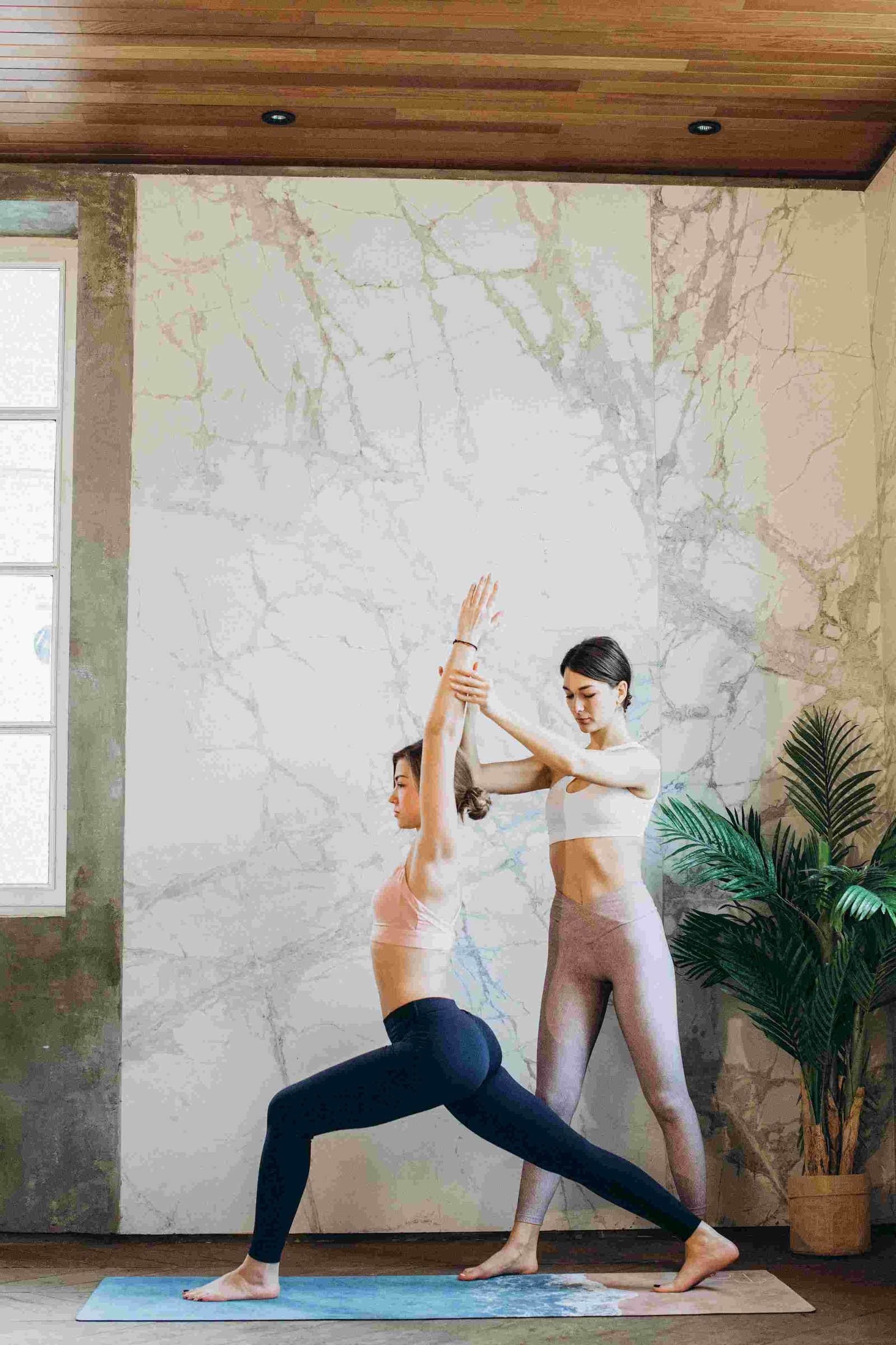
How to Do It:
- Starting Position: Begin in a standing position at the front of your mat with your feet together. Step one foot back, keeping the front foot facing forward and the back foot at a 45-degree angle.
- Hip Alignment: Square your hips to the front of the mat, ensuring that the pelvis faces forward. Align the front heel with the arch of your back foot.
- Bend Front Knee: Bend the front knee, keeping it directly over the ankle. Aim for a 90-degree angle at the front knee, but a lesser angle is acceptable, especially for beginners.
- Arm Position: Raise your arms overhead, palms facing each other. Maintain a comfortable posture, keeping your shoulders away from your ears. Gaze forward or upward, depending on your comfort.
- Back Leg Extension: Straighten the back leg and press the heel into the floor. Engage the quadriceps and lift the inner thigh to activate the back leg.
Benefits:
- Strengthens Legs: Warrior I strengthens the muscles in the legs, including the quadriceps, hamstrings, and calves, promoting stability and balance.
- Hip Flexor Stretch: The pose stretches the hip flexors of the back leg, providing relief from tightness and improving flexibility in the hips.
- Improves Posture: Virabhadrasana I encourages an upright posture, helping to strengthen the spine and alleviate issues related to poor posture.
- Shoulder and Chest Opening: As you lift your arms overhead, Warrior I opens the shoulders and chest, enhancing flexibility and releasing tension in the upper body.
- Energizing and Grounding: The pose creates a sense of both grounding and energizing, fostering a connection with the earth while reaching toward the sky. This can bring balance to the body and mind.
2. Downward Facing Dog (Adho Mukha Svanasana)
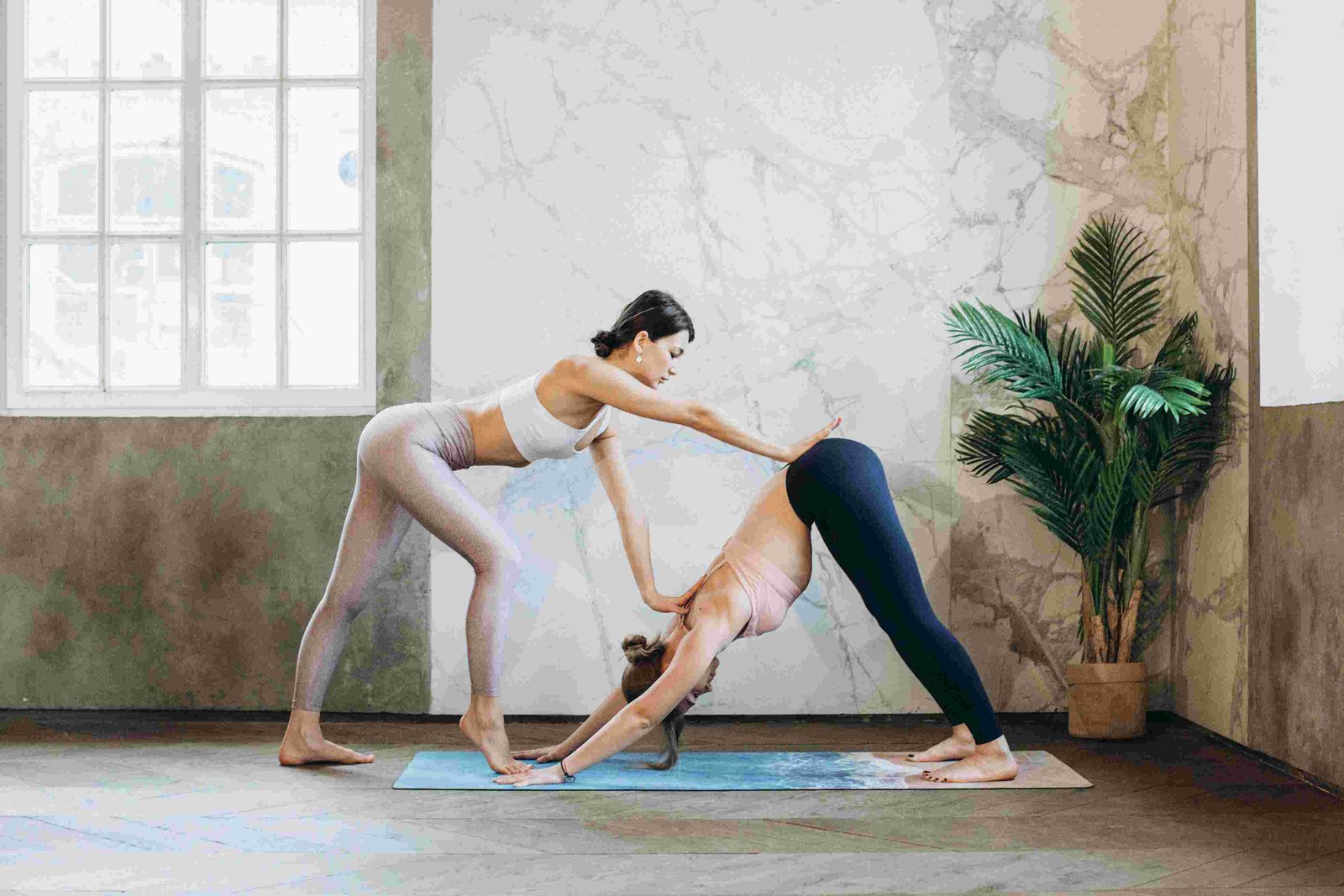
How to Do It:
- Starting Position: Begin on your hands and knees in a tabletop position, wrists under shoulders and knees beneath hips.
- Hand Placement: Spread fingers wide, press palms into the mat, and tuck toes under. Lift your hips to the ceiling and straighten your arms and legs.
- Foot Placement: Straighten your legs as much as comfortable, aiming to bring your heels down toward the floor. Maintain a slight bend in your knees as needed.
- Hip Position: Lift your sitting bones toward the ceiling, creating an inverted V-shape. Engage your core and press your chest toward your thighs.
- Back Position: Lengthen your spine, reaching your tailbone toward the ceiling and pressing your chest toward your thighs. Keep your neck relaxed, and gaze towards your toes or navel.
Benefits:
- Full Body Stretch: Stretches and lengthens the spine, hamstrings, calves, and shoulders, providing a comprehensive stretch for the entire body.
- Strengthens Upper Body: Builds strength in the arms, shoulders, and upper back, contributing to improved upper body strength and stability.
- Improves Digestion: The gentle compression of the abdomen in this pose can aid digestion and alleviate digestive discomfort.
- Enhances Circulation: Promotes blood flow throughout the body, particularly in the arms and legs, helping to circulate oxygen and nutrients.
- Calms the Nervous System: The inversion aspect of Downward Facing Dog can have a calming effect on the nervous system, reducing stress and anxiety.
3. Cobra Pose (Bhujangasana)
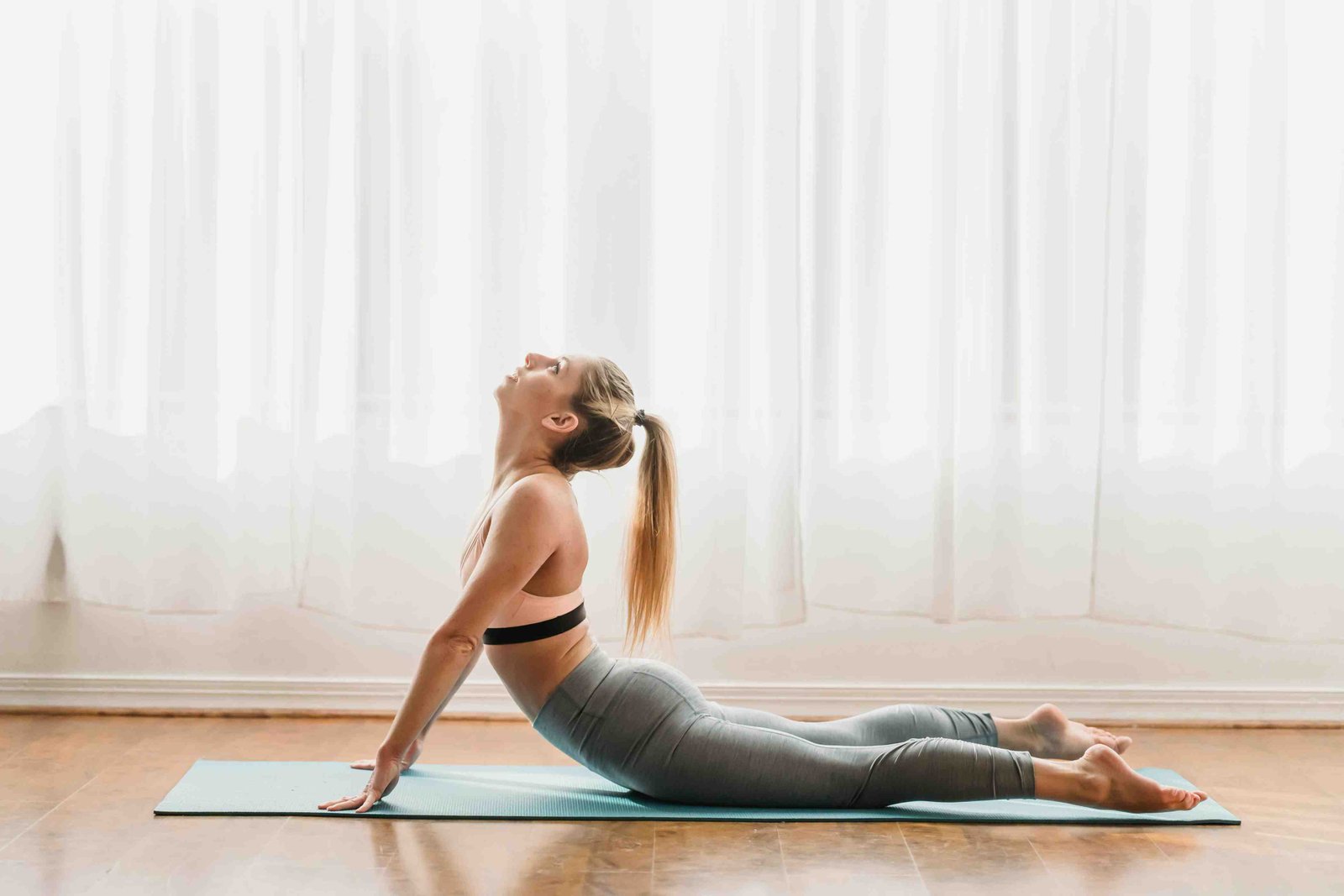
How to do it:
- Starting Position: Lie on your stomach with your legs extended and the tops of your feet resting on the mat. Place your palms on the mat under your shoulders, elbows close to your body.
- Hand Placement: Ensure your fingers are spread wide, pointing forward. Push the tops of your feet and thighs into the mat.
- Inhale and Lift: Inhale deeply and slowly lift your chest off the mat, using your back muscles. Keep your elbows slightly bent and shoulders away from your ears.
- Chest Opening: Roll your shoulders back and open your chest, lifting through the sternum. Keep your attention forward or slightly upwards.
- Lowering Down: Exhale as you lower your chest back to the mat. Repeat the pose, gradually increasing the height you lift.
Benefits:
- Strengthens the Back: Bhujangasana strengthens the muscles in the upper and lower back, promoting a healthy spine.
- Improves Posture: Regular practice of Cobra Pose helps in opening the chest and shoulders, contributing to better posture.
- Stimulates Abdominal Organs: This poses massages and stimulates the abdominal organs, aiding digestion and promoting organ health.
- Relieves Stress: Bhujangasana opens the heart center, promoting emotional well-being and reducing stress and fatigue.
- Increases Flexibility: The pose stretches and strengthens the spine, improving overall flexibility in the back, neck, and shoulders.
4. Child’s Pose (Balasana)
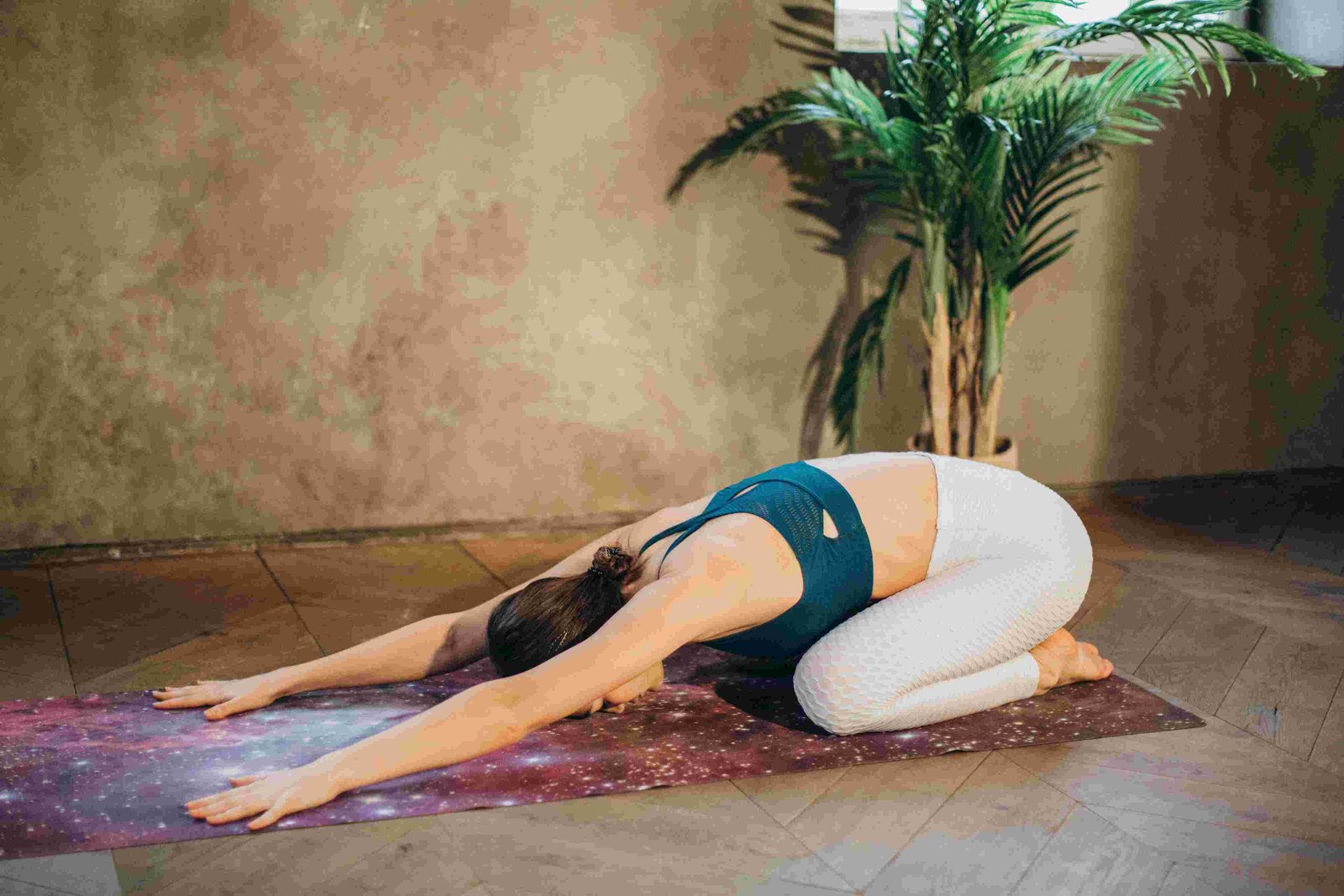
How to Do It:
- Starting Position: Start in a tabletop position with your wrists under your shoulders and your knees under your hips.
- Knee Placement: Bring your big toes to touch and open your knees wide, creating space for your torso between your thighs.
- Hip Position: Sit back on your heels, allowing your torso to rest between your thighs. Extend your arms forward, reaching your hands actively to the front of the mat.
- Arm Position: Rest your forehead on the mat, and extend your arms straight in front of you or allow them to relax by your sides. Palms can be facing down or up, depending on your preference.
- Relaxation: Relax your shoulders, neck, and jaw. Let your chest sink toward the floor, and release any tension in your back.
Benefits:
- Gentle Stretch for the Back: Child’s Pose gently stretches the spine, relieving tension in the back and promoting flexibility.
- Stress Relief: The resting position, combined with deep breathing, can induce a sense of calm, making it an excellent pose for stress relief.
- Hip Opening: Opens the hips, promoting flexibility in the hip joints and easing discomfort associated with prolonged sitting.
- Restorative for the Body: Serves as a restorative pose, allowing the entire body to relax and recover. It’s a great pose to come into between more active yoga poses.
- Balances the Nervous System: The forward-folding nature of Child’s Pose can help activate the parasympathetic nervous system, promoting relaxation and a sense of tranquility.
5. Seated Forward Bend (Paschimottanasana):

How to Do It:
- Starting Position: Sit on the floor, with your legs out in front of you. Make sure your spine is straight and your sitting bones are stable.
- Leg Position: Flex your feet, keeping your heels on the ground. Engage your quadriceps by lifting your kneecaps.
- Inhale and Lengthen: Inhale, elongate your spine, and lift your arms overhead, reaching toward the ceiling.
- Exhale and Fold: Exhale, hinge at your hips, and reach forward toward your toes. Keep your back straight as you fold, leading with your chest.
- Hold the Toes or Shins: Hold onto your toes, shins, or wherever your hands can easily reach. Hold on to your toes, shins, or any other place your hands may easily reach. Hold your neck in an ideal position.
Benefits:
- Stretches the Spine: Paschimottanasana provides a deep stretch along the spine, improving flexibility and promoting a healthy alignment.
- Hamstring Flexibility: Stretches the hamstrings, promoting flexibility in the back of the thighs.
- Calms the Nervous System: The forward bend has a calming effect on the nervous system, helping to reduce stress and anxiety.
- Improves Digestion: Stimulates the abdominal organs, enhancing digestion and alleviating mild digestive discomfort.
- Relieves Lower Back Tension: The stretch in the lower back can help alleviate tension and discomfort, making it beneficial for those with mild lower back issues.
Starting Your Hatha Yoga Journey

- Set Clear Intentions: Begin by clarifying your intentions for practicing Hatha Yoga. Whether it’s improving flexibility, managing stress, or enhancing overall well-being, having a clear goal will guide your journey.
- Invest in Basic Equipment: While Hatha Yoga doesn’t require extensive equipment, having a yoga mat, comfortable clothing, and possibly props (blocks, straps) can enhance your practice and provide support.
- Start with Simple Poses: Begin with foundational poses such as Mountain Pose (Tadasana), Downward-Facing Dog (Adho Mukha Svanasana), and Child’s Pose (Balasana). These poses help build strength, flexibility, and body awareness.
- Focus on Breath Awareness: Pay attention to the way you breathe. Practice basic pranayama techniques like diaphragmatic breathing or Ujjayi breath to enhance awareness and cultivate a steady, rhythmic breath throughout your practice.
- Consistent Practice: Establish a consistent practice routine. Whether it’s a few minutes each day or longer sessions a few times a week, regularity is key to experiencing the full benefits of Hatha Yoga.
CONCLUSION
Embarking on the journey of Hatha Yoga for beginners is a step towards holistic well-being. At Your Fitness Guider, we encourage individuals to explore the transformative power of Hatha Yoga, embracing its physical and mental benefits. Start your practice today and unlock the path to a healthier, more balanced life.

